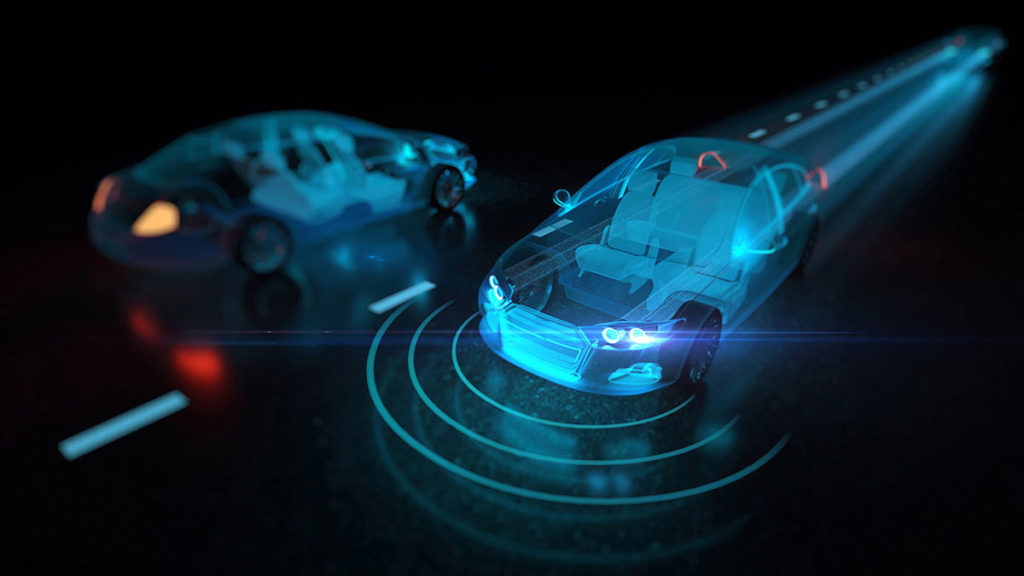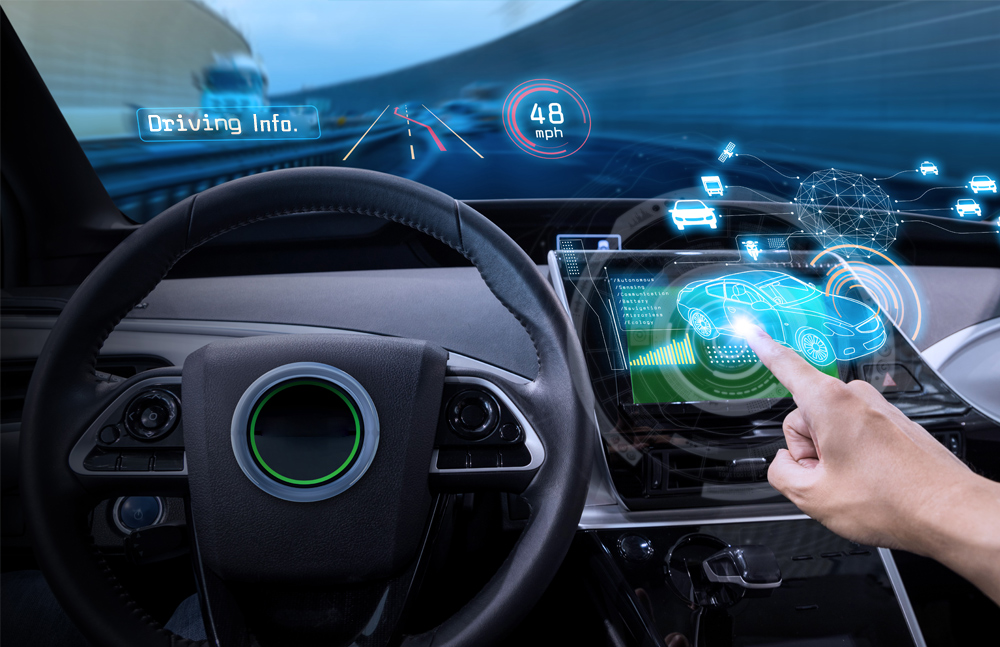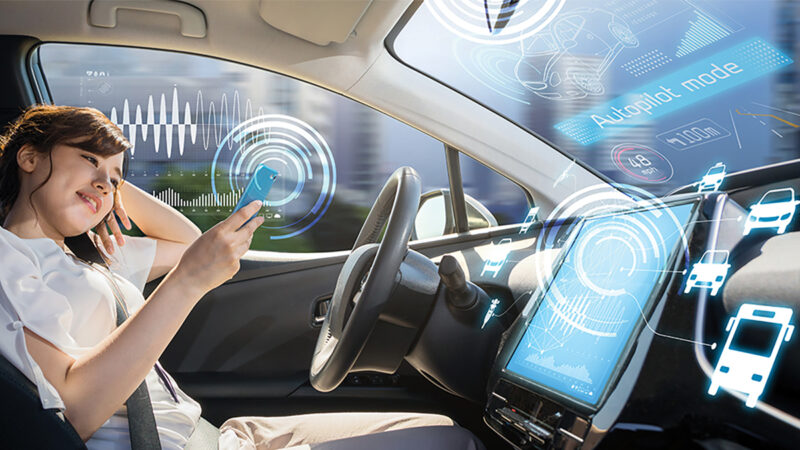The evolution of car electronics has been quite remarkable, taking us from analog to digital in a relatively short period. Starting as simple and basic analog components, car electronics have developed into sophisticated digital systems that can connect cars to the internet and allow for more advanced user experiences.
This article will explore how this evolution has taken place over the years and how it’s affected our lives today. From understanding how these components work together to getting an insight into what could be possible in the future, will take a deep look at the history of car electronics and their evolution.
Table of Contents
Pre-Digital Era: Analog Technologies in Car Electronics
The pre-digital era of car electronics was dominated by analog technologies. These included basic systems such as AM/FM radios, cassette players, and CD changers. Each of these devices operated using simple mechanical and electrical components that allowed for limited functions in vehicles. While they could offer some entertainment options to drivers, the sound quality left much to be desired and their capabilities were severely limited compared to what can now be achieved with digital technology.
These antiquated devices had no access or connection to engine systems; instead, they relied heavily on manual controls like knobs and buttons which made them prone to faults due to wear and tear over time. Despite this lack of sophistication, analog electronic systems did provide a foundation upon which modern-day car electronics would build. For instance, the introduction of more efficient antenna designs in cars helped pave the way for better audio reception within vehicles — something that is still used today albeit with improved functionality due to advances in digital technology.
The Emergence of Digital Technology in Automotive Systems

The emergence of digital technology in automotive systems has revolutionized the way cars are powered, monitored, and driven. From fuel injection to onboard computers that monitor engine performance, modern vehicles are now equipped with a massive array of digital components that allow for unparalleled control over their operation and maintenance. Automakers have been able to leverage this new technology to develop complex safety features such as automatic emergency braking and lane-departure warning systems that can detect potential hazards on the road before they become dangerous.
In addition, digital technology has enabled automakers to create entirely new driving experiences by connecting drivers with vast networks of data through infotainment systems and navigation services. By leveraging advancements in artificial intelligence (AI) and machine learning (ML), these technologies can even learn about driver preferences over time and offer tailored solutions for nearly any situation on the road. Digital technology has thus revolutionized automotive operations from all angles — making our roads safer while also providing more enjoyable driving experiences than ever before!
Modern Developments and Applications of Digital Automotive Technology

Digital automotive technology has revolutionized the way vehicles are designed and operated today. From driver-assist systems that can detect objects in a car’s path to advanced infotainment systems and communication networks, the modern vehicle is comprised of both analog and digital components. Recent developments have seen increasingly sophisticated electronic control systems being incorporated into cars, allowing them to process data more quickly and with greater accuracy than ever before.
The development of autonomous driving technology has been one of the most impressive advances in recent years, as AI algorithms enable cars to navigate roads with minimal human input. Autonomous vehicles use sensors such as cameras, radar, lidar, and GPS receivers to detect their surroundings while navigating around obstacles safely at high speeds. Additionally, digital powertrain controls allow for improved efficiency by optimizing engine performance depending on the conditions outside of the vehicle.
Connectivity features have also become an integral part of contemporary automobiles; from wireless smartphone integration that allows drivers to access maps or music streaming services on their dashboards using voice commands or touchscreens to over-the-air software updates that keep cars up-to-date without needing manual intervention. This provides a level of convenience not previously possible with analog electronics alone. Overall, it is clear that digital automotive technologies are redefining how we interact with our vehicles today – offering us unprecedented levels of convenience while reducing emissions through efficient operation.
Conclusion

The evolution of car electronics has been a remarkable journey, from analog to digital. In recent years Car Electronics have become increasingly sophisticated and powerful tools for automotive engineering and development. Automobile manufacturers now have access to advanced technologies such as navigation systems, anti-theft devices, engine diagnostics, audio entertainment systems, and much more.
With the growing popularity of connected cars, car electronics are becoming even more important in providing drivers with an enhanced driving experience. The history of car electronics will continue to evolve as new technologies become available.

